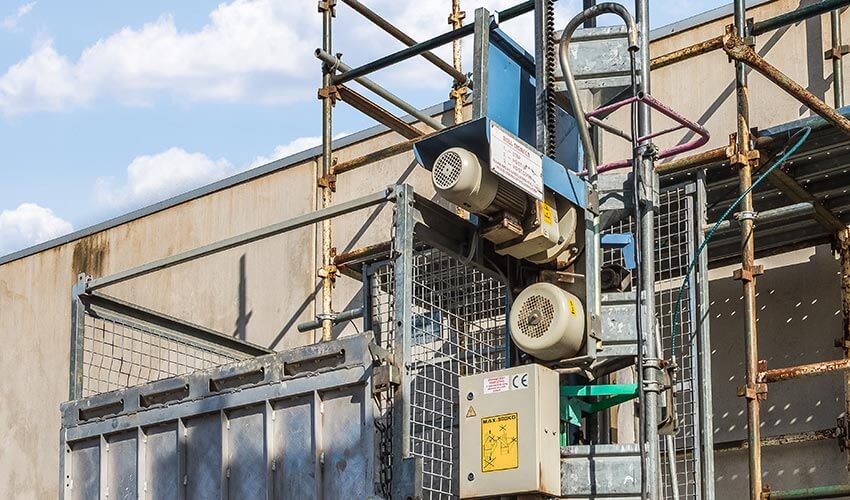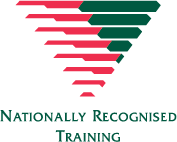
In this course you will learn the skills required to operate a materials hoist (builder’s hoist) for goods and materials only, not personnel. Complete this course and qualify for a materials hoist licence, a high-risk work licence issued by WorkSafe.
- Record and maintain information relating to material hoist operations
- Understand communication techniques including bells, lights, hand signals and use of two-way radios
- Conduct material hoist operations
- Identify hazards and assess risks associated with operation
- Understand rated capacity and working load limits
- Accurately record information
Important Information
Units of Competency
- CPCCLHS3002 – Licence to operate a materials hoist
Accreditation & Currency
- Usage recommendation: Current
- This is a nationally recognised unit of competency (https://training.gov.au)
- This is a high risk work licence issued by WorkSafe Victoria
Age
- Minimum 18 years
Duration
- 2 days
Flexible Delivery
- This course can be delivered to accommodate learning styles and employment arrangements.
Class Sizes
- Low student to trainer ratio
Location
- 57-65 Riverside Ave, Werribee VIC 3030
- 351-359 Portarlington Road, Moolap VIC 3224 (Geelong)
Assessment Method
- As per WorkSafe requirements the licence assessment encompasses a knowledge, performance and calculations assessment
Eligibility
- As MultiSkills Training is not CRICOS approved we are unable to enrol any students that are on a student VISA. If you are on a student VISA you will need to go to a TAFE or RTO that is CRICOS approved
Entry Requirements
- Ability to comprehend the English language
- A USI Number (Unique Student Identifier) Visit: www.usi.gov.au
- Safety footwear
Additional Information
The licence to perform High Risk Work is issued by WorkSafe Victoria. When the assessor deems you competent, you will need to lodge your licence application and Notice of Assessment within 60 days to obtain a high risk work licence.
You can now apply, renew or amend a high risk work licence online at: https://www.myworksafe.vic.gov.au
You will receive an email from myWorkSafe that contains your Training ID. The email will contain a link that allows you to download the Notice of Assessment (NOA) to enable you to lodge your licence application. All licence applications incur a fee payable to WorkSafe Victoria. Further details can be found at: www.worksafe.vic.gov.au/high-risk-work-licence or by calling WorkSafe on 1300 852 562.
To be eligible to undertake a High Risk Work Licence in Victoria you must be a Victorian resident and be able to provide Government issued photo identification that proves you reside in Victoria, if your photo identification does not have a Victorian address you must also provide one of the following forms of identification upon enrolment:
- Victorian Firearm Licence
- Victorian Boat Licence
- KeyPass or Proof of age card with Victorian address
- A utility bill – e.g. gas or water bill with Victorian address
- A bank statement with Victorian address
- A statutory declaration proving that you reside in Victoria
If you cant provide one of the above please contact the office on 1800 754 557.
Fees
Fee for service
- Please refer to the table above.
- POA
High Risk Work License Application
The licence to perform High Risk Work is issued by WorkSafe Victoria. When the assessor deems you competent, you will need to lodge your licence application and Notice of Assessment within 60 days to obtain a high risk work licence.
You can now apply, renew or amend a high risk work licence online at: https://www.myworksafe.vic.gov.au
You will receive an email from myWorkSafe that contains your Training ID. The email will contain a link that allows you to download the Notice of Assessment (NOA) to enable you to lodge your licence application. All licence applications incur a fee payable to WorkSafe Victoria. Further details can be found at: worksafe.vic.gov.au/high-risk-work-licence or by calling WorkSafe on 1300 852 562.
Contact Us

